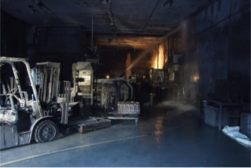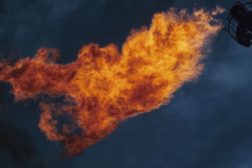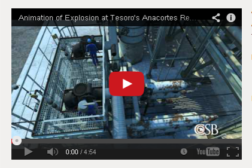Home » chemical safety board
Articles Tagged with ''chemical safety board''
“The time is now for OSHA to take action to prevent these tragic accidents”
Read More
CSB: West, TX explosion was preventable
Investigation found lack of regulation at all levels of government
April 23, 2014
CSB: Utah refinery blast caused by corrosion, lack of inspection
Massive release of hydrogen sent a blast wave through residential area
April 14, 2014
Tesoro Refinery victim’s sister makes plea for safety improvements
CSB releases new message about the impact of chemical accidents
March 14, 2014
"The U.S. is facing an industrial chemical crisis"
CSB chief testifies before Senate about preventable accidents
March 10, 2014
Deadly Tesoro refinery blast caused by high temp “hydrogen attack”
CSB IDs a “deficient refinery safety culture”
January 30, 2014
Never miss the latest news and trends driving the safety industry
eNewsletter | Website | eMagazine
JOIN TODAYCopyright ©2024. All Rights Reserved BNP Media.
Design, CMS, Hosting & Web Development :: ePublishing




